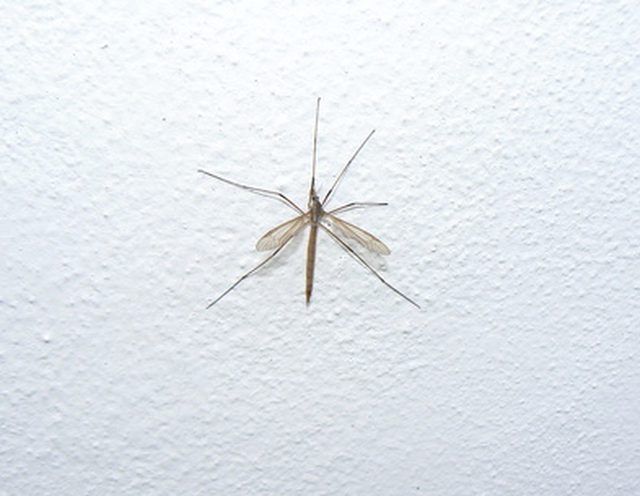Bulbs
Flower Basics
Flower Beds & Specialty Gardens
Flower Garden
Garden Furniture
Garden Gnomes
Garden Seeds
Garden Sheds
Garden Statues
Garden Tools & Supplies
Gardening Basics
Green & Organic
Groundcovers & Vines
Growing Annuals
Growing Basil
Growing Beans
Growing Berries
Growing Blueberries
Growing Cactus
Growing Corn
Growing Cotton
Growing Edibles
Growing Flowers
Growing Garlic
Growing Grapes
Growing Grass
Growing Herbs
Growing Jasmine
Growing Mint
Growing Mushrooms
Orchids
Growing Peanuts
Growing Perennials
Growing Plants
Growing Rosemary
Growing Roses
Growing Strawberries
Growing Sunflowers
Growing Thyme
Growing Tomatoes
Growing Tulips
Growing Vegetables
Herb Basics
Herb Garden
Indoor Growing
Landscaping Basics
Landscaping Patios
Landscaping Plants
Landscaping Shrubs
Landscaping Trees
Landscaping Walks & Pathways
Lawn Basics
Lawn Maintenance
Lawn Mowers
Lawn Ornaments
Lawn Planting
Lawn Tools
Outdoor Growing
Overall Landscape Planning
Pests, Weeds & Problems
Plant Basics
Rock Garden
Rose Garden
Shrubs
Soil
Specialty Gardens
Trees
Vegetable Garden
Yard Maintenance
When to Treat for Crane Fly Larvae?
When to Treat for Crane Fly Larvae?. Crane fly larvae, commonly called leather jackets, are small, gray worms that eat the roots of grass and clover. Larvae hatch in the fall, but their damage often goes undetected until patches of dead grass appear in spring. While adult crane flies are harmless, the larvae can damage lawns and pastures.

Crane fly larvae, commonly called leather jackets, are small, gray worms that eat the roots of grass and clover. Larvae hatch in the fall, but their damage often goes undetected until patches of dead grass appear in spring. While adult crane flies are harmless, the larvae can damage lawns and pastures.
Natural Management
Keeping grass healthy and well-fertilized is the best preventative to crane fly larva damage. Strong, vigorous grass usually recovers without chemical treatment. In addition, birds such as robins and crows provide natural pest control by eating crane fly larvae.
Insecticide
If chemical treatment is necessary, Oregon State University recommends applying insecticide in October or November before significant damage occurs. Insecticide can also be applied in the spring, but this will not prevent lawn damage. Use pesticides carefully and sparingly to protect birds and other non-target species.
Nematodes
Certain nematodes are natural enemies of crane fly larvae and can be used to control infestations. Beneficial nematodes, which are microscopic worms, are available at garden centers and should be applied to the lawn in March or April. According to Thurston County Public Health and Social Services, correct use of nematodes can reduce crane fly larvae by 50 percent.